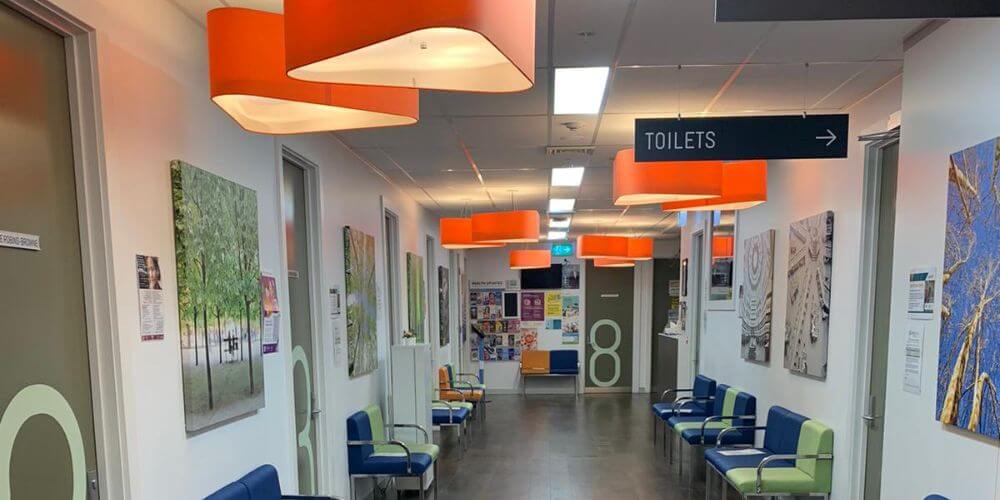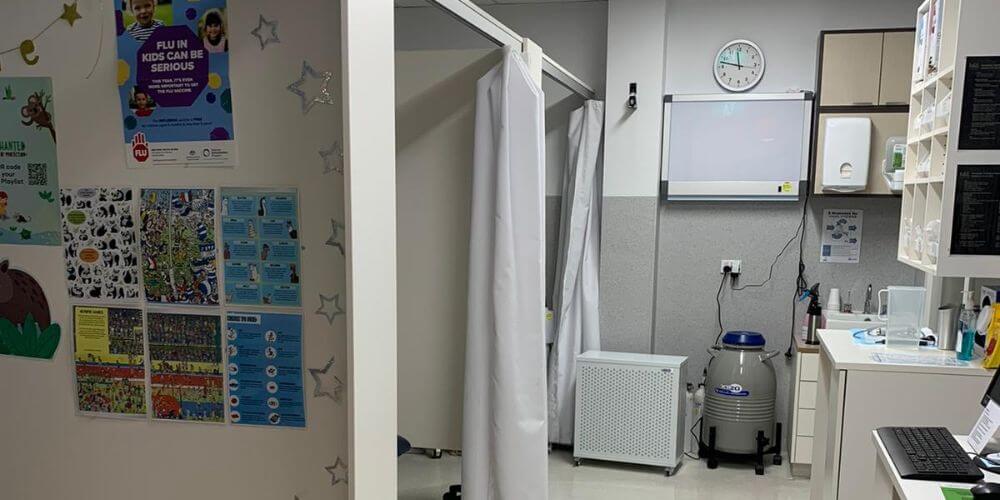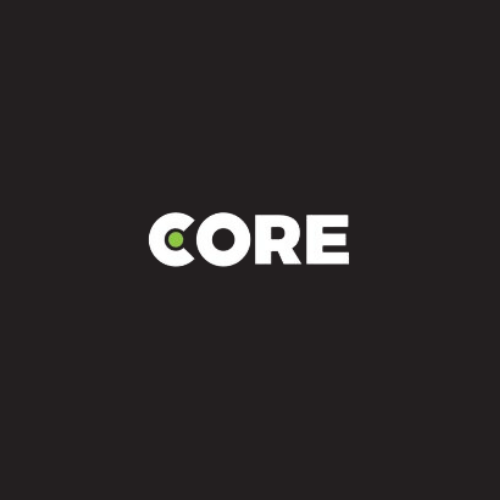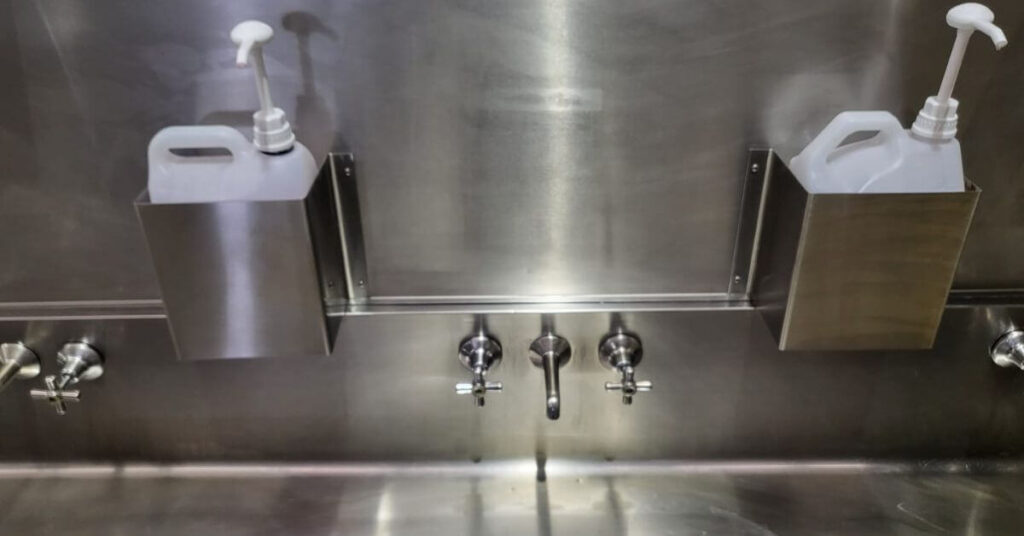The Invisible Guardians: Recognising the Unsung Heroes of Medical Cleaning

When entering a hospital, most patients don’t spare a thought for the cleanliness of the facilities or the work that goes on behind the scenes to prevent infections. Aside from our medical front-liners, nurses, and doctors, medical cleaners are the invisible guardians responsible for maintaining sterile environments in healthcare settings. According to the Australian Commission on Safety and Quality in Health Care, Australian healthcare facilities experience around 165,000 healthcare-associated infections (HAIs) annually, making them the most prevalent complication affecting hospitalised patients. My blog post recognises these unsung heroes who put patient health first by tirelessly sanitising medical facilities daily. Though their work often goes unnoticed, medical cleaners are critical in the fight against dangerous bacteria and pathogens. Join me as I give our unsung heroes a well-deserved recognition!
Table of Contents
Why are medical cleaning professionals considered “invisible guardians”?
Having cleaned hundreds of medical facilities in my career as a medical cleaning expert, I have personally witnessed the unseen efforts of doctors cleaning teams to protect vulnerable patients daily. Though their demanding work often goes unnoticed by those who benefit from it, Melbourne medical cleaners play an indispensable role on the healthcare frontlines. These behind-the-scenes heroes regularly contend with bodily fluids, hazardous waste, and infectious disease risks to maintain a sterile environment for the thousands of Australians admitted into medical facilities daily. Despite working tirelessly to ensure patient safety and prevent infections, medical cleaners’ efforts often go unacknowledged because their work is primarily conducted outside of standard visiting hours.
It is estimated that there are around 200,000 Australians suffering from healthcare-associated infections, as stated by the Australian Government’s Antimicrobial Resistance. When proper and rigid cleaning protocols aren’t followed and applied, there’s a high probability of healthcare-associated infections (HAI) like urinary tract infections and pneumonia increasing rapidly. This is the primary reason why rigorous cleaning standards are employed consistently by medical cleaning teams like ours at Core Cleaning Services.
By safeguarding hygiene and cleanliness round-the-clock in healthcare facilities, medical cleaners serve as the first line of defence against infectious outbreaks. Their role is as central to positive patient outcomes as that of more prominent frontline healthcare workers like doctors and nurses. Despite often working under the radar, medical cleaning professionals like us demonstrate unwavering dedication to safeguarding public health, tirelessly tackling hazardous conditions to prevent dangerous infections. Their selfless commitment solidifies their position as the healthcare system’s unsung heroes.
What specific tasks do medical cleaning professionals perform?
Because I have experienced cleaning hospitals and health centres all over Melbourne for decades and trained many medical cleaning personnel, I know and understand the complexity and diversity of the daily medical cleaning tasks for hospital staff and patients. Our cleaning duties span from regular maintenance to meticulous sterilisation and sanitisation systems paired with high-level disinfection vital for infection control.
- Collecting and Disposing of Waste: We are responsible for safely handling and disposing of potentially hazardous healthcare waste, which includes gathering contaminated materials like dressings, needles, and bodily fluids for controlled disposal in biohazard containers.
- Routine Surface Cleaning: On a scheduled basis, our medical cleaning staff use coloured microfiber cloths and hospital-grade detergents and cleaning products to wipe down all high-touch areas like doorknobs, bed rails, and chairs. Other areas that go through routine cleaning are bathrooms, floors, walls, and even waiting areas.
- Pre-Operation Preparation: Medical cleaning doesn’t only encompass after-surgery cleaning. We also clean surgical rooms, gurneys, benchtops, outpatient areas, and emergency room areas before treatments and surgeries begin.
- Isolation Room Disinfection: For patients in isolation due to infectious conditions, medical cleaning teams perform intensive environmental disinfection using chlorine-based agents. All surrounding patient areas must be thoroughly washed down after mandated contact periods to eliminate any surviving pathogens before removing PPE. The height of the COVID-19 pandemic made our talents as medical cleaning professionals shine. I remember disinfecting and cleaning an isolation room occupied by a patient with a severe case of COVID-19. We wore full PPE gear, including heavy-duty gowns, medical-grade gloves, a respirator, and face shields, which made cleaning very challenging. Difficult as it was, it dawned on me that our work cleaning medical facilities is one of the most demanding yet rewarding jobs you can find.
- Post-cleaning Equipment Sanitation: After each cleaning shift, our non-disposable cleaning materials and tools undergo meticulous soaking, washing, and drying cycles to ensure that they are completely disinfected to prevent cross-contamination in between hospital areas.

What are the challenges faced by medical cleaning professionals?
The complexities of medical cleaning extend beyond mere sanitisation, encompassing many challenges inherent to sensitive medical settings. From managing infection risks and adhering to stringent regulations to safeguarding patient privacy and overseeing employee conduct, effective sanitation demands a multifaceted approach.
Challenge | Description | Impact |
|---|---|---|
| Infection Hazards | Exposure to bodily fluids, hazardous chemicals, and infectious waste | Increased risk of infection for both cleaners and patients |
| Stringent Regulations | Adherence to strict protocols and standards | Potential fines and legal consequences for non-compliance |
| Privacy Laws | Protection of patient confidentiality and privacy | Legal ramifications for breaches of privacy |
| Employee Oversight | Supervision to prevent theft and ensure proper cleaning procedures | Financial losses and reputational damage |
| High Patient Volumes | Increased workload and pressure to maintain cleanliness | Potential for errors and oversights |
| Round-the-Clock Operations | Continuous cleaning required to accommodate 24/7 healthcare activities | Disruptions to healthcare activities and potential contamination risks |
| Specialized Equipment | Need for specialized cleaning equipment and training | Additional costs and training requirements |
| Waste Management | Stringent regulations for handling and disposal of medical waste | Environmental and patient safety risks if not handled properly |
| Antibiotic Resistance | Need for intensive cleaning techniques to overcome antibiotic-resistant pathogens | Potential for healthcare-associated infections (HAIs) |
| Narrow Margins of Error | The critical importance of thorough cleaning to prevent HAIs | Severe consequences for patients if cleaning standards are not met |
A Tribute to the Unsung Heroes: Medical Cleaners
In the bustling corridors of hospitals and health care centres, amidst the whirring machinery and the hushed conversations of nurses and doctors, there exists a cadre of unsung heroes: the medical cleaning staff. While we often work in silence and behind the scenes, our commitment to safeguarding patient health and welfare and the prevention of the spread of infections is unwavering. Despite such a selfless commitment to keeping healthcare environments hygienically safe 24/7, we seldom receive public recognition or appreciation for our indispensable role in preventing hospital infections.
I urge healthcare administrators to implement more staff training and simple non-monetary initiatives expressing genuine appreciation for medical cleaning teams’ commitment to keeping hospitals habitually clean. Whether it is a regular takeaway coffee shout, a friendly email thanking them for their efforts in keeping wards safe 24/7, or a team photo feature in the hospital lobby, finding ways to recognise medical cleaners’ important role on the healthcare frontlines could help motivate cleaning professionals in this overlooked yet life-preserving role.
Medical Cleaning FAQ
While formal qualifications are not mandatory to become a cleaner, certain roles may require a background check. Most cleaning positions expect completion of Year 10 at the minimum. On-site training provides necessary skills, though voluntary formal training like the Certificate III in Cleaning Operations can supplement work experience.For career development, focusing on areas like regulated window cleaning or pursuing the Certificate IV in Cleaning Management enables cleaners to qualify for supervisory roles overseeing teams.
The cost of medical cleaning in Australia can vary depending on several factors, including the size and location of the facility, the level of cleaning required, and the frequency of service. However, as a general rule of thumb, medical cleaning typically costs between $30 and $50 per hour per cleaner.
Medical cleaning and commercial cleaning may seem similar, but they diverge significantly. While both focus on cleanliness, medical cleaning requires specialised expertise, techniques, and a profound grasp of infection control.


